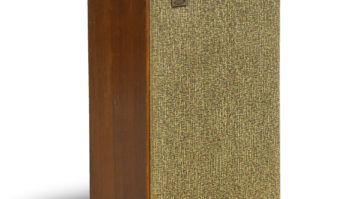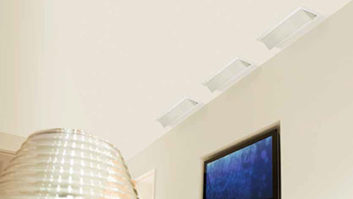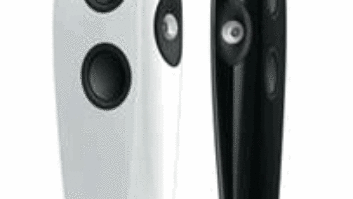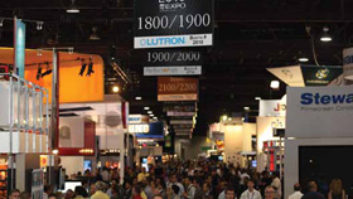Marlboro, NJ – Three years in the works, the centerpiece of KEF’s new Concept Blade loudspeaker is its Single Apparent Source technology.
For highest quality sound reproduction the driver sections of a multi-way loudspeaker must work together, and thus need very similar, coincident, individual sound-fields. This is particularly important at crossover frequencies; the frequencies at which sound output switches from one driver to another. The Single Apparent Source technology is designed as a perfect accompaniment to the KEF Uni-Q.
The product features four 10-inch (25 cm), newly developed bass drivers. The engineering principle behind their configuration is to let the huge forces of each cone cancel each other out by arranging them in equal, opposed, symmetrical pairs.
The force produced by the bass drivers is so strong that the massive rear magnets have had to be bonded directly to each other to obtain the full harnessing of their power. They are side firing so their acoustic center coincides with those of the 10th-generation KEF Uni-Q midrange driver and tweeter. This is found in the driver itself, with the tweeter positioned so that it has the same acoustic center as the mid-range driver. Formed from critically braced liquid crystal polymer — a light but immensely stiff material — and backed by a three-inch (75 mm) voice coil to move any break-up way above its operating range, the Uni-Q device incorporates a one-inch (25 mm) titanium dome tweeter whose mechanical characteristics are free from resonance in its operating band thanks to rear chamber loading and a patented dome profile, developed using advanced Finite Element Analysis. The result means that the entire frequency range is radiated from one point in space.

All this technology is housed in an optimally curved cabinet constructed from a carbon fiber, balsa wood composite — used for its exceptional lightness and rigidity. The parabolic curvature of the cabinet increases cabinet strength, meaning sound is only generated from driver movement and not from distortion of the cabinet.
Although the project is a “concept” speaker, it has enabled a tangible development of an ongoing series of KEF technologies that will be featured in many new KEF models in the future.
For a slideshow of the product’s design, click here.




